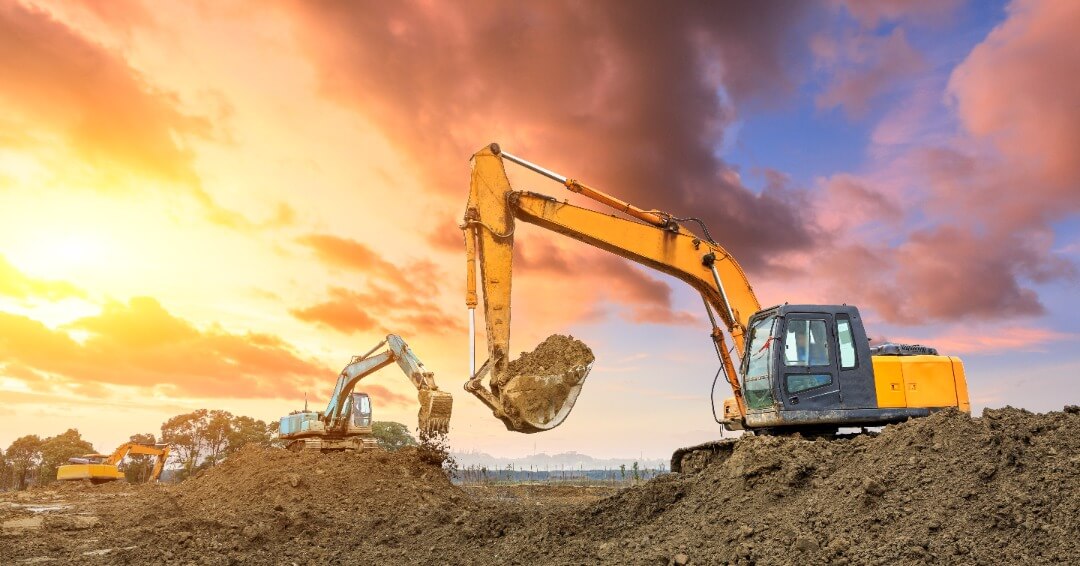Access the A201®–2017
To purchase a one-time use license for this document, visit the link below:
A201®–2017, General Conditions of the Contract for Construction
Interested in getting unlimited access to our full 250+ library of agreements and forms?
Visit the link to learn more: https://shop.aiacontracts.com/unlimited-subscription
December 20, 2022
The short answer is that typically the Owner is responsible for dealing with hazardous materials encountered on site. The primary justification for this allocation of risk is that the Owner, through its acquisition of the property and/or on-going ownership of the property, has had the unique opportunity to investigate the site and determine if there were any hazardous material present. Additionally, because identification and remediation of hazardous materials requires special procedures, equipment, and licensing, it is inappropriate for a typical construction contractor to bear responsibility for identifying and handling hazardous materials.
Accordingly, it is useful for a contractor to understand the typical scope of the owner’s responsibility.
- The owner should disclose to the contractor as part of the contract documents any hazardous materials known to be on site.
- In some instances, where hazardous materials are known to be on-site, the owner must disclose their existence to the contractor and will often include certain requirements in the contract documents related to those hazardous materials. If that is the case, the contractor should make sure its teams are aware of these requirements and remain in compliance with them.
- For unknown hazardous materials encountered on site, once notified by the contractor of their existence, the owner must identify and render harmless any such hazardous materials.
- To the extent the contractor incurred additional costs related shut down, delay and restart of the work in the affected areas, the owner should absorb those costs as a change order in favor of the contractor.
- If the contractor, while performing the required work and without negligence on its part, incurs any remediation costs related to hazardous materials because a governmental agency finds the contractor liable, the owner shall reimburse the contractor for such costs.
- If the project is delayed, the owner should also agree to an equitable adjustment in the contract time.
- The owner should indemnify the contractor (as well as any other project participants) that were injured or otherwise harmed by hazardous materials not rendered harmless. This would include indemnification for any fines levied against the contractor by any regulatory agency.
The owner’s responsibilities related to hazardous materials, however, are not unlimited. For example, the owner will not be responsible for hazardous materials the contractor (or anyone working for the contractor) brings on site, so long as those materials were not required by the contract documents. Further, for those hazardous materials brought on site that are required by the contract documents, the owner will not be responsible to the extent of the contractor’s fault or negligence.
For a full understanding of the rights and responsibilities of the contractor and owner relative to hazardous materials, please see Section 10.3 of A201- 2017 General Conditions of the Contract for Construction.
AIA Contract Documents has provided this article for general informational purposes only. The information provided is not legal opinion or legal advice and does not create an attorney-client relationship of any kind. This article is also not intended to provide guidance as to how project parties should interpret their specific contracts or resolve contract disputes, as those decisions will need to be made in consultation with legal counsel, insurance counsel, and other professionals, and based upon a multitude of factors.

